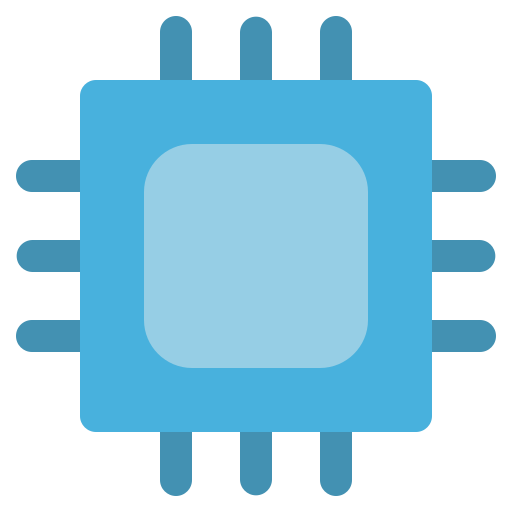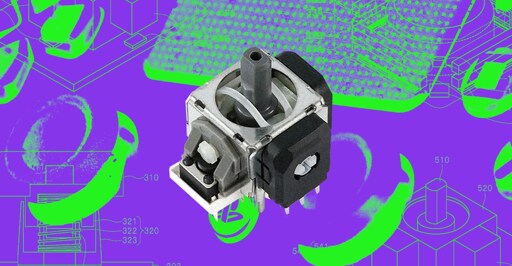- cross-posted to:
- games@lemmy.world
- cross-posted to:
- games@lemmy.world
It won’t be because the manufacturers purposely put wiper-based potentiometers in these controllers because the controllers breaking and suffering stick drift is a revenue source. They don’t WANT to produce a controller that will last forever, because then they can’t keep selling controllers non-stop.
Yeah it’s crappy design. I’ve swapped a copper part worth less than a penny 3 times on a pair of ps5 controllers. I bought a bag of replacement potentiometers but only ever needed to swap one piece in the assembly. Crappy design for a $60 piece of equipment that should last as long as the console.
Same with mice, Logitech uses a combination of under-designed (denounce and chatter can be fixed by using both the NO and NC terminals to perform latching in firmware) circuitry, out-of-spec voltages, and cheap wrongly spec’d microswitches, which results in their mice suffering from double click and other similar issues after a year or so of usage.
You can put switches that are closer to spec and will last many more years, but really they should be using 5V and both momentary terminals.
As a repair company we use these on the daily. Small error in the article: it’s not true that due to potential power demand, hall-effect sticks can’t be used one-on-one in current controllers.
They absolutely can and we use them all the time in that application. Tmr is slightly more sensitive and thusly more accurate but that effect is hardly noticeable. Not in any meaningful way to prioritize tmr over hall, anyway.
We do use Tmr more in controllers where the trigger sensor also has hall-effect. Less interference that way.
So they both solve different problems for us and are therefore used in different scenarios.
Little click baity title but it really paid off in the end so I guess not. I’ve been looking into TMR more as I do console controller repairs and it’s looking like I will be switching over to using the TMR sticks over Hall effect soon.





